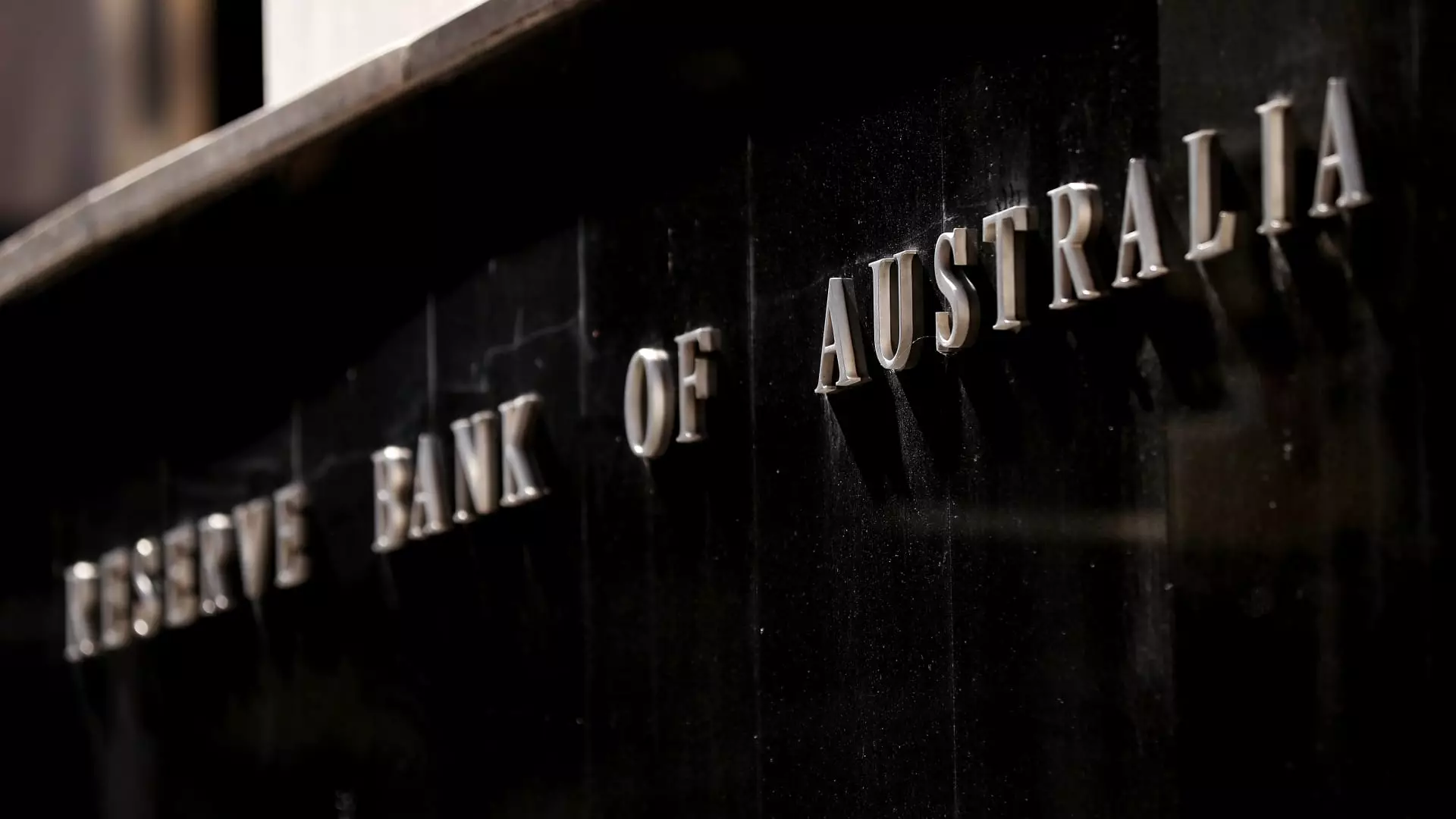On a significant day in Australian economic history, the Reserve Bank of Australia (RBA) opted to cut its benchmark interest rates, marking the first decrease in over four years. This decision is pivotal and essentially aligns the RBA with other prominent global central banks that have initiated easing measures in response to slowing inflation. The rate has been reduced by 25 basis points to stand at 4.10%, a notable move that shifts the monetary policy landscape in Australia, especially considering it is the first easing since November 2020, a time when the nation wrestled with the economic downturn caused by the pandemic.
The rationale behind this decision lies in the recent trends observed in inflation rates. The RBA’s board has acknowledged the progress in managing inflation, yet they remain guarded regarding the prospect for additional policy adjustments. This cautious approach reflects a broader strategy of gradual monetary easing, with the central bank signifying its intention to carefully navigate future changes. Senior economists, such as Abhijit Surya from Capital Economics, anticipate that this cycle of easing may be relatively short-lived, projecting only two more rate cuts before stabilizing the cash rate around 3.60%.
Holding the cash rate steady at 4.35% since November 2023, the RBA implemented a series of 13 rate hikes to temper inflation and maintain economic stability. However, the recent rate cut aligns with market expectations, as observed in the uptick in government bond activity, where yields on Australian 10-year government bonds dipped. The dynamics in global monetary policy have further pressured the RBA to reconsider its stance, especially as major economies have swiftly transitioned into easing modes.
From a broader perspective, Australia’s inflation trajectory has shown signs of easing, decreasing from 2.8% in the September quarter to 2.4% in December, as reported by the Australian Bureau of Statistics. The RBA has set its medium-term inflation target between 2% and 3%, and the current trend appears to be edging towards that target. Despite this encouraging sign, the RBA highlighted the necessity of caution due to the robust labor market that has stubbornly maintained an unemployment rate near a historic low of 4.0%.
Strength in the labor market complicates the RBA’s decision-making process regarding interest rates. While recent labor data indicates a tighter market than previously anticipated, it also frames the economic environment as potentially volatile. The delicate balance between fostering growth and managing inflation becomes evident as the RBA navigates these economic variables.
The impact of this rate cut extends beyond mere economic metrics; it is likely to influence the political landscape as well. The Labor government, which faces challenging electoral conditions this year, benefits from lower borrowing costs. This could stimulate consumption, crucial for rejuvenating economic activity amid tepid growth projections. The recent GDP figures highlight a slowdown, with growth merely at 0.3% for the September quarter and an annual growth rate shrinking to 0.8%—the lowest since the pandemic’s onset.
Nevertheless, the RBA remains realistic in its projections. There exists uncertainty regarding household consumption growth and overall domestic activity. Despite expectations for an income growth boost to enhance consumption, there remains a risk that recovery may be slower than anticipated. Such uncertainties could complicate the economic recovery and the government’s strategy for the upcoming electoral challenges.
The RBA’s initial rate cut reflects a significant shift in monetary policy aimed at supporting the economy while managing inflation risks. As the central bank cautiously implements this change, the potential for further rate adjustments remains under deliberation, with economists predicting a tightly controlled easing cycle. The interaction between monetary policy, inflation control, and political dynamics constitutes a complex web that both the RBA and the Australian government must navigate as they aim for stable growth in a changing global economic landscape. The coming months will reveal whether the RBA’s strategy effectively paves the way for a more robust economic recovery or if it merely serves as a temporary respite amidst ongoing uncertainties.


Leave a Reply